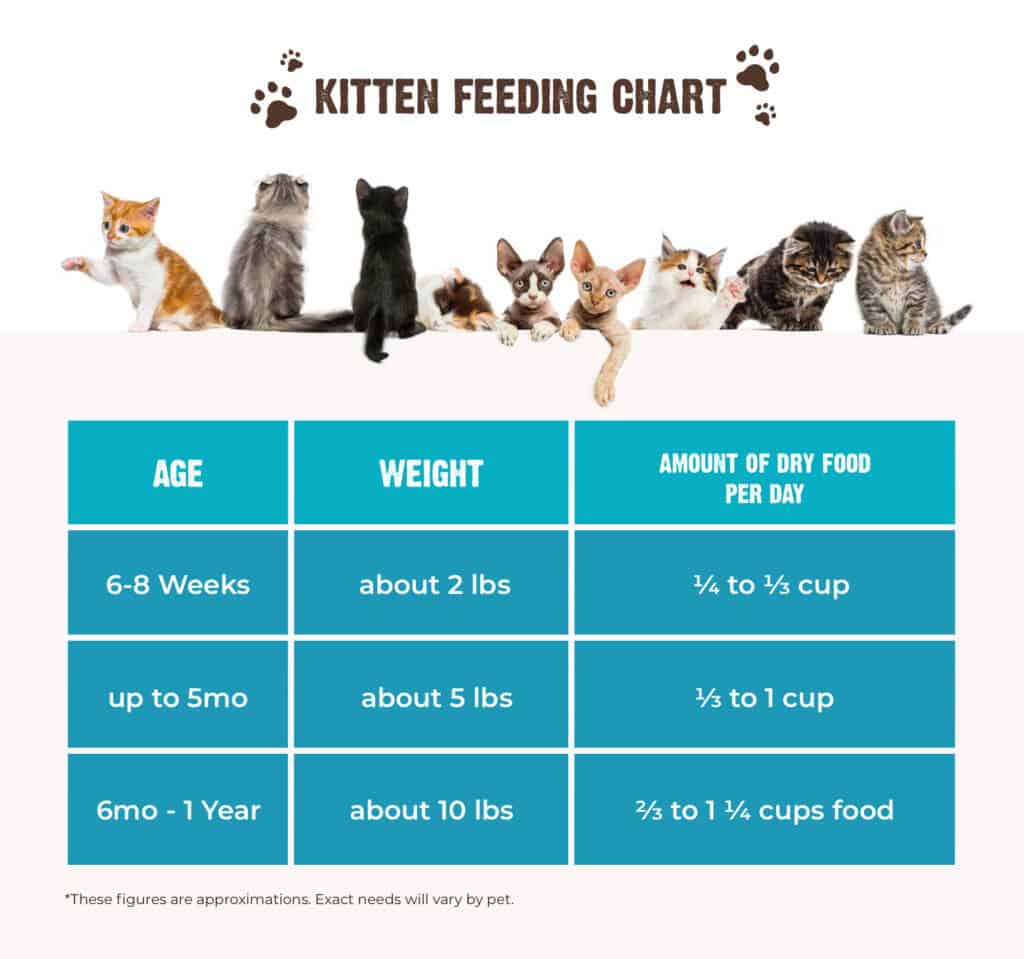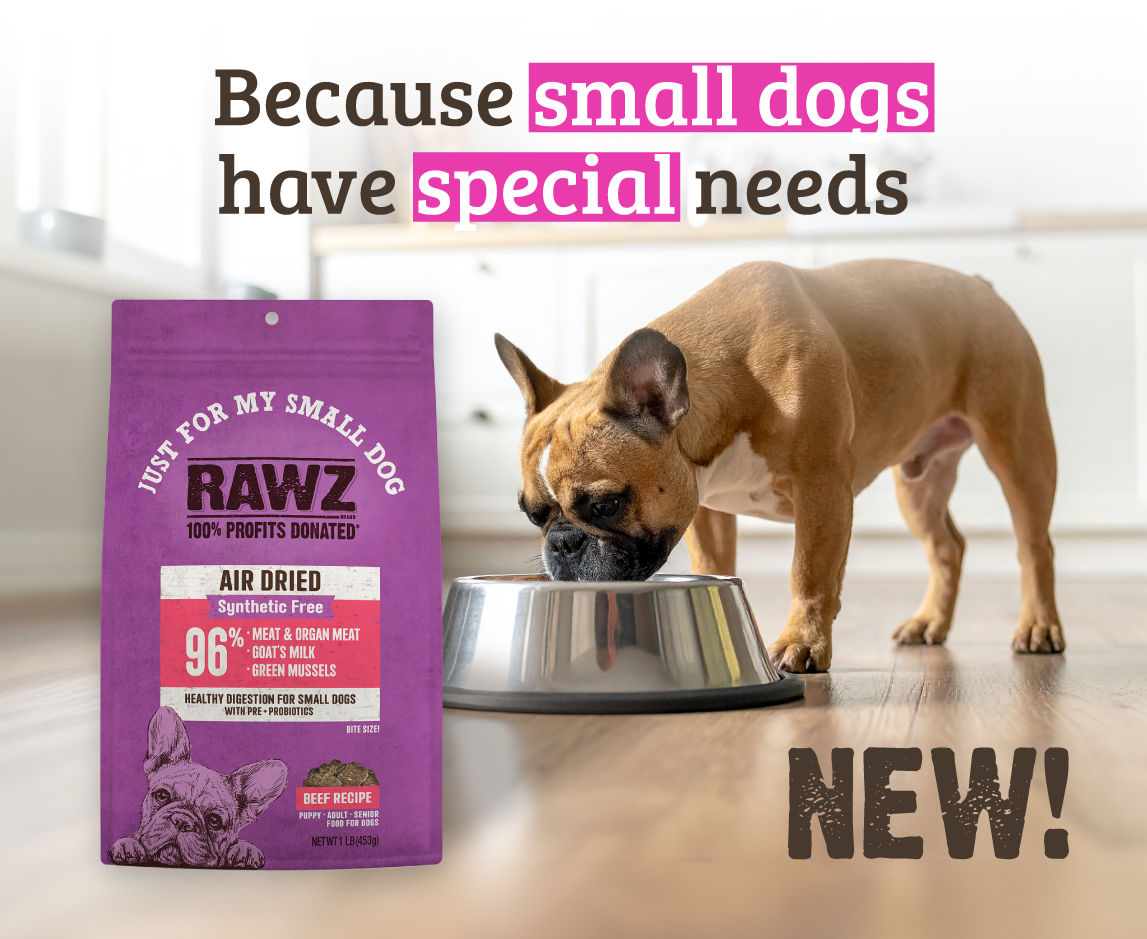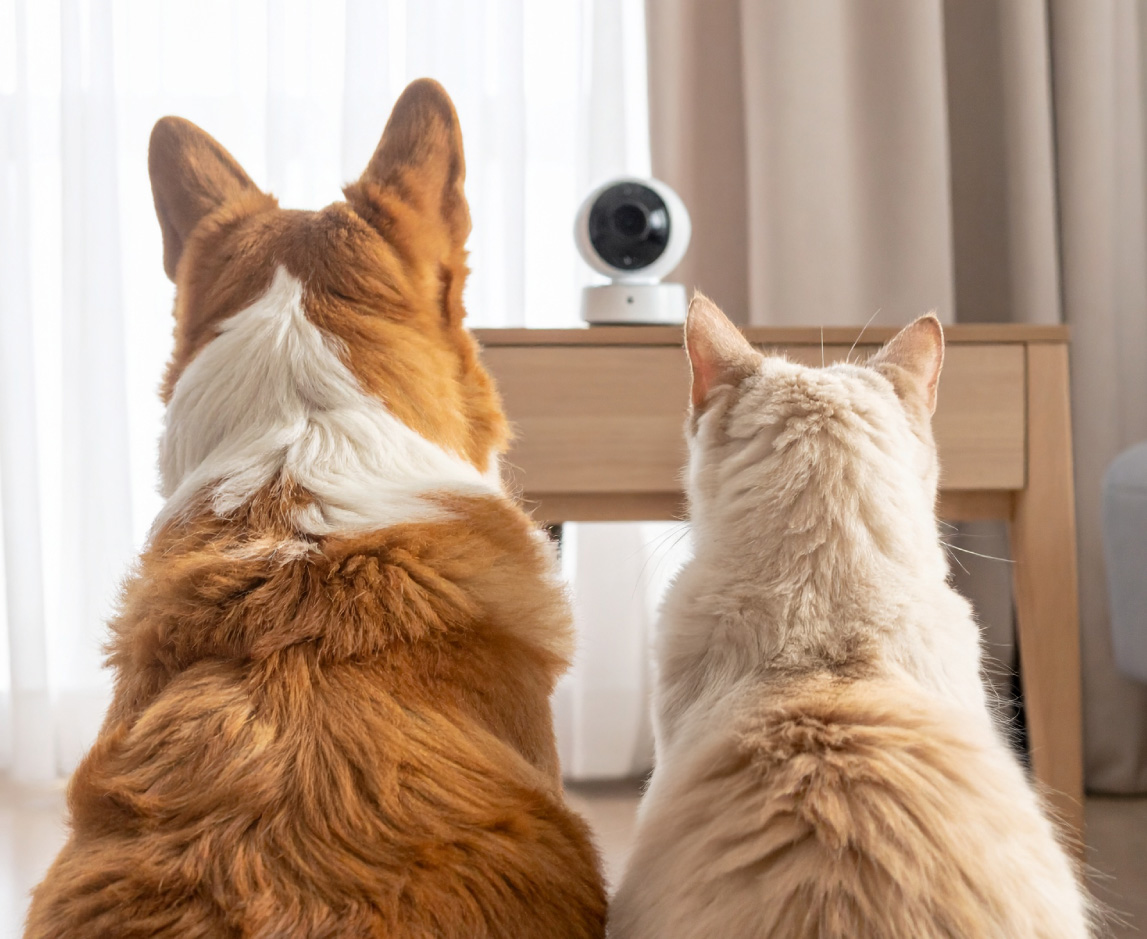Welcoming a kitten into your home is incredibly exciting! But it’s natural to have questions about what they eat, how much to feed a kitten and ways to provide the best care possible. That’s why we created this post, to lay a solid nutritional foundation for a happy and healthy life.
Essential Nutrients for Kittens
Kittens are typically weaned off of their mother’s milk (or a bottle if circumstances require) at around four to six weeks of age. By eight weeks, pet owners step in to provide dietary support. During that time it’s important to prioritize the following:
Immune function
When it comes to strengthening your kitten’s young immune system, owners want to choose a pet food that recognizes the relevant life stage. For dogs and cats that includes: gestation/lactation, growth (kittens and puppies) and maintenance.
The Association of American Feed Control Officials also tells pet owners that they should know the difference between a complete and balanced diet, phrases that appear often on pet food packaging. “Complete” means that the product contains all of the required nutrients, while “balanced” means nutrients are present in the correct ratios.
Optimal growth
Proper proportions of fat, protein and calcium are key. Fat is a concentrated source of energy vital for neuro development, protein provides the building blocks for new tissue growth (particularly muscle) and calcium ensures proper skeletal growth and development.
Healthy weight
It can be difficult to meet a growing kitten’s caloric needs (Hint: They’re full of energy and very active!) without overfeeding. Some owners choose to free-feed, or always have food out that the kitten can access, while others opt for three to four designated, smaller meals throughout the day to avoid excessive weight gain and related health problems.
What to Feed Kittens
What’s most important is that your kitten has a nutritionally complete and balanced diet to support a long and healthy life. With a wide variety of options and your kitten’s preferences at play, let’s review some choices:
Wet Food
Hydration is crucial no matter what age your kitten or cat may be. Because the species has a notoriously low thirst drive, and in adolescence only tiny teeth, wet food is a good way to provide hydration and nutrition simultaneously.
Dry Food
For a cat who voluntarily drinks adequate water and has strong, developed teeth, dry recipes offer a convenient and economical option.
Homemade or Raw Diet
While cats are true obligate carnivores, simply putting a slab of meat on a plate doesn’t constitute a complete and balanced diet. Studies have shown conflicting evidence regarding raw-feeding, with concerns surrounding the risk of malnutrition and infection among pets and household members.
Feeding Methods for Kittens
When it comes to feeding methods — specifically how much to feed a kitten — the discussion centers on free-feeding vs. meal-feeding. In other words: Is one big meal per day better than allowing a kitten to graze?
Free-Feeding
Perhaps the most commonly thought of feeding method in the feline world, free-feeding is when a bowl of food is out and available for the cat at all times. Dry food is generally the most appropriate type used for this method as it keeps a consistent texture over time.
Free-feeding offers convenience for pet owners, but also presents difficulty in multi-pet households for monitoring or controlling caloric intake. Dominant pets (especially cats) can eat more than their share, resulting in weight challenges. Kittens in particular can yield to more mature cats and miss out on vital nutrition.
Meal-Feeding
The other primary option for feeding a kitten is more in line with how humans eat. By feeding measured portions at specific times, meal-feeding allows for precise monitoring of what is eaten and the quantity. Of course, meal-feeding is more time intensive for cat owners. Automated feeders can help with this by releasing pre-measured amounts of food at scheduled times.
Feeding Guidelines & Portions
Soon after a kitten turns four months old, aim to provide twice daily feedings of a complete and balanced kitten food. The size of your kitten and their activity level will help determine how much is served during each meal. It is also wise to get input from a veterinarian that has examined your pet and knows its health history.
Kitten Feeding Chart & Schedule
Even though feeding your cat two meals per day is recommended, kittens have small stomachs and often thrive on three daily meals during the first six months after weaning. Reference this chart for guidance as your kitten grows:
Foods to Avoid Feeding Kittens
This list will stay fairly consistent through a feline’s life. Uncooked potatoes and tomatoes, chocolate and canned tuna are just a few foods that cats cannot consume.
We made a complete guide that we encourage you to review, “11 Human Foods That Are Poisonous to Cats.”
An interesting component of nutrition with variance over a cat’s lifespan is lactose tolerance. As a kitten matures, its ability to digest dairy actually decreases, often leading to symptoms like gastrointestinal pain or diarrhea if consumed.
Tips for Selecting a High-Quality Kitten Food
There are three main factors to keep in mind when deciding what to feed a kitten:
- The recipe is complete and balanced for your kitten’s appropriate growth stage, which you can tell by a nutritional adequacy statement on food packaging from American Feed Control Officials.
- The product is both practical and sustainable for you to provide.
- The food comes from a reputable company with consistent quality.
- The product is both practical and sustainable for you to provide.
RELATED READING: HOW TO CHOOSE THE BEST KITTEN FOOD >>
FAQs
Q: Should kittens take supplements?
A: This answer varies on a pet-by-pet basis. A food that is complete and balanced for the growth stage of your kitten will contain the required nutrients to support healthy development. However, if you believe that your pet is lacking a particular nutrient, it is best to consult a veterinarian to see if there are any supplements you should be providing.
Q: Can kittens eat human food?
A: For kittens, and cats in general for that matter, some human foods can be extremely dangerous. Raw potatoes and tomatoes, although not toxic when cooked, are known to cause gastrointestinal issues in felines of any age. Canned tuna, when consumed in large amounts, can cause mercury poisoning. And while its toxicity to cats is unclear, feeding grapes and raisins to kittens in particular can lead to kidney failure.
Q: Why isn’t my kitten eating?
A: A kitten could be ignoring its food simply because of fussiness or something more serious. Try changing the location of the food bowl or switching food brands, but keep a close eye on the situation. While adult cats can go several days without eating with little risk, the inherent need for nutrition during growth means any kitten who stops eating for 24 hours should be seen by a veterinarian.
Q: When can I switch my kitten to adult food?
A: Timelines can be different for every kitten, but a good measure is to stick with kitten food for the first year of a feline’s life. When it’s time to transition to an adult recipe, a 5- to 7-day transition period generally works best.
With all of this information in mind, you’re already making an effort to prioritize your kitten’s well-being. As you explore which option works best for your family, keep in mind that RAWZ is minimally processed with 100% rendered-free ingredients, providing only the highest quality nutrition.
Find one of our independent retail partners near you!






